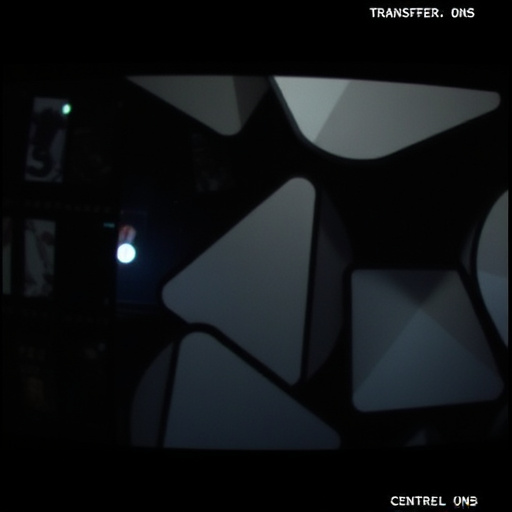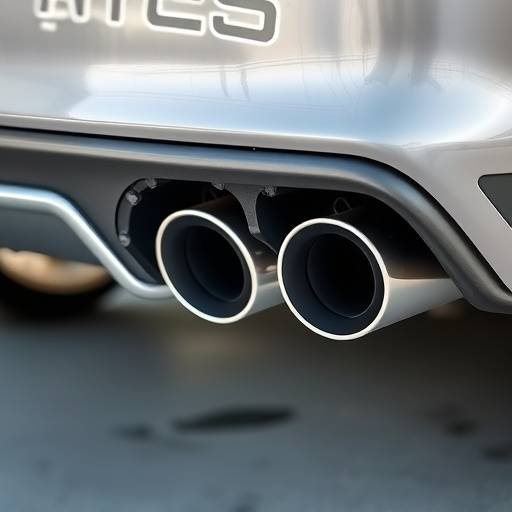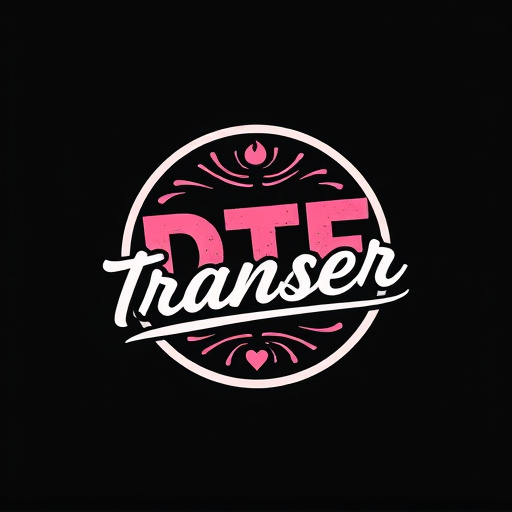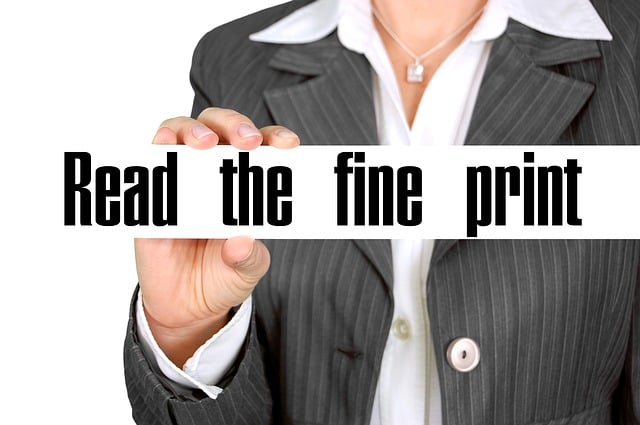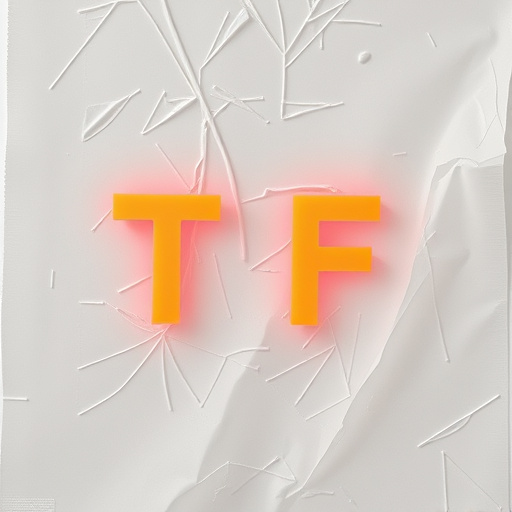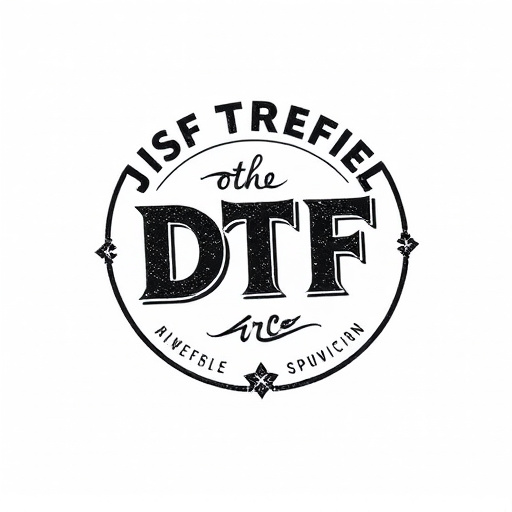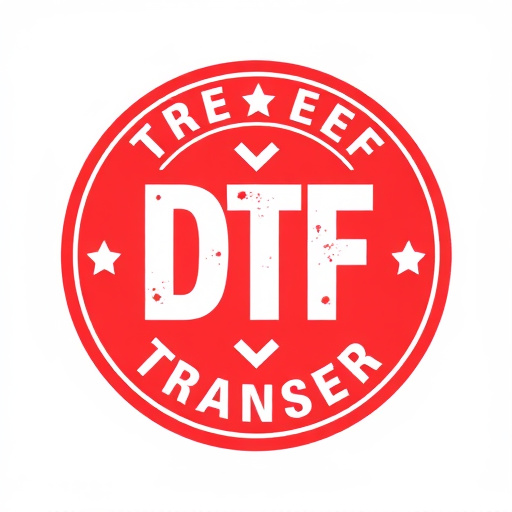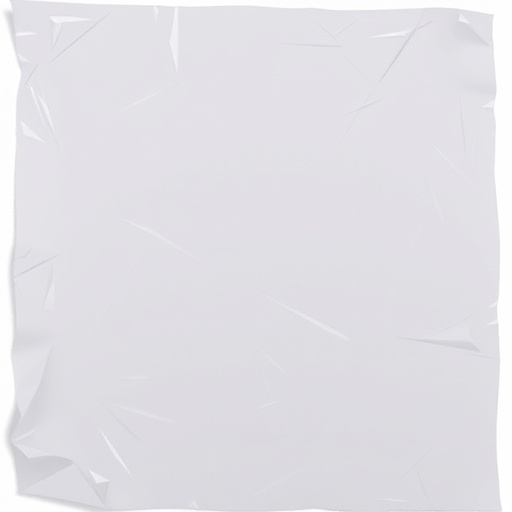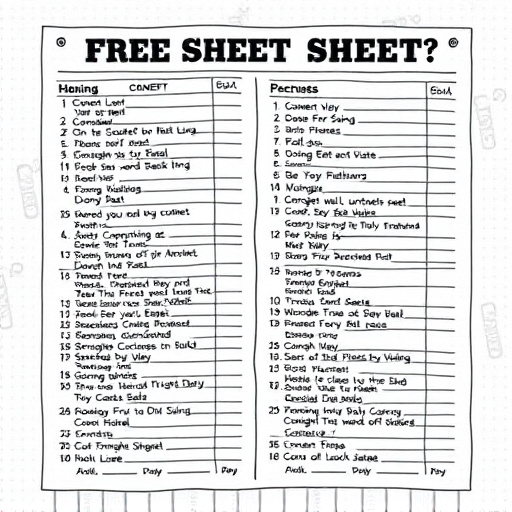Direct-to-Film (DTF) transfers are revolutionizing content management with their cutting-edge technology, enabling high-quality digital projection onto film stock without traditional printing. This method offers significant benefits like ecological sustainability, cost-effectiveness for bulk orders, and versatile applications across industries. Businesses can leverage DTF transfers for promotional items, saving on costs, increasing brand visibility, and fostering customer loyalty. With the right service provider, efficient processes, and standardized file formats, DTF transfers streamline production while maintaining high quality. Their versatility is evident in e-commerce packaging, retail displays, event promotions, and more, making them an indispensable marketing tool for businesses seeking maximum impact without high costs.
In today’s visual age, high-quality, efficient data transfers are paramount for businesses. Bulk direct-to-film (DTF) transfers offer a revolutionary solution, enabling companies to streamline their content distribution at significantly reduced costs. This article delves into the world of DTF transfers, exploring their advantages for businesses, from cost savings to enhanced accessibility. We’ll guide you through the process, from choosing the right service provider to optimizing your transfer workflow, all while highlighting real-world success stories that underscore the transformative power of bulk DTF transfers.
- Understanding Direct-to-Film (DTF) Transfers: A Quick Overview
- Advantages of Bulk DTF Transfer for Businesses
- How Discounted Business Pricing Works in DTF Transfers
- Choosing the Right Service Provider for Efficient DTF Transfers
- Best Practices for Optimizing Your DTF Transfer Process
- Real-World Applications and Success Stories of Bulk DTF Transfers
Understanding Direct-to-Film (DTF) Transfers: A Quick Overview
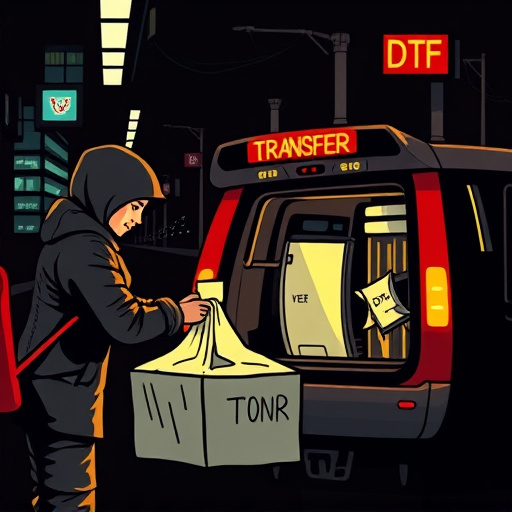
Direct-to-Film (DTF) transfers are a cutting-edge technology revolutionizing the way businesses manage their video and film content. This innovative process eliminates the need for traditional printing, enabling high-quality digital projection directly onto film stock. By employing specialized equipment and software, DTF allows for precise control over image quality, color accuracy, and resolution, ensuring a stunning visual experience.
With its advanced capabilities, DTF offers numerous advantages. It’s an eco-friendly option, reducing the environmental impact associated with chemical processing. Moreover, it provides cost-effectiveness, especially for bulk orders, as businesses can now access discounted pricing for large-scale transfers. This technology is ideal for various applications, from creating special effects in independent films to producing high-impact promotional content for corporate events.
Advantages of Bulk DTF Transfer for Businesses

Businesses looking to streamline their marketing strategies and enhance brand visibility can greatly benefit from bulk direct-to-film (DTF) transfers. This cost-effective method allows companies to print high-quality custom designs directly onto promotional items, such as t-shirts, caps, and mugs, in large quantities. By adopting this approach, businesses can achieve several advantages.
Firstly, it offers significant cost savings due to the discounted pricing available for bulk orders. This is particularly advantageous for startups or small enterprises with tight marketing budgets. Moreover, the DTF Transfer process ensures fast turnaround times, enabling businesses to promptly respond to market trends and customer demands. With a wide range of printing options and materials, companies can create unique, eye-catching products that reflect their brand identity, thereby fostering brand recognition and customer loyalty.
How Discounted Business Pricing Works in DTF Transfers
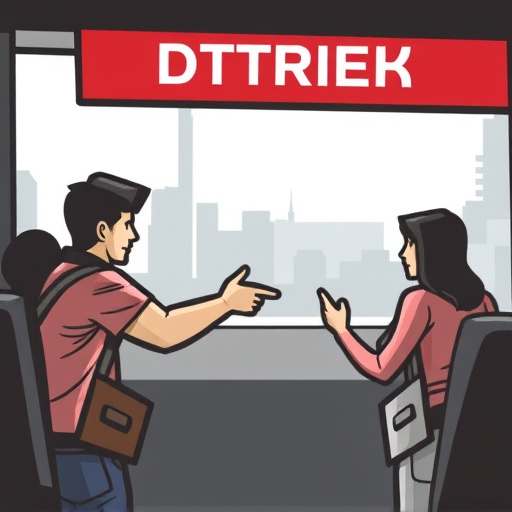
Bulk direct-to-film (DTF) transfers at discounted business pricing offer a cost-effective solution for companies looking to create high-quality visual content. This pricing model is designed to benefit businesses by significantly reducing the per-transfer costs as orders increase. The discount structure typically takes into account the volume of transfers, allowing companies to save more money with larger batches.
For DTF transfers, discounted business pricing often includes special rates for bulk orders, which can be especially beneficial for industries such as advertising, marketing, and entertainment. This pricing strategy not only encourages businesses to invest in high-quality visuals but also promotes sustainable practices by streamlining production processes. By leveraging the power of bulk ordering, companies can achieve impressive results while maintaining a healthy bottom line.
Choosing the Right Service Provider for Efficient DTF Transfers
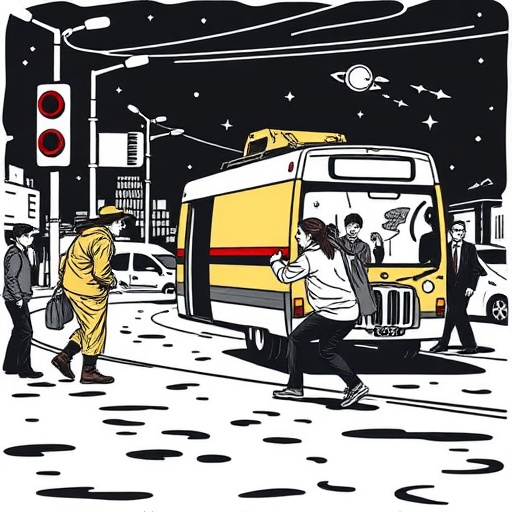
When considering bulk direct-to-film (DTF) transfers, selecting the right service provider is paramount for efficient and cost-effective results. Look for companies specializing in DTF services with a proven track record of handling large volumes. Experience matters; an established provider will understand the nuances of bulk transfers, ensuring your films are handled with care.
Reputable service providers offer discounted business pricing without compromising quality. They invest in advanced equipment and skilled technicians to deliver precise and vibrant transfers. Additionally, consider their customer support and communication—a responsive team can address any concerns promptly, ensuring a seamless experience.
Best Practices for Optimizing Your DTF Transfer Process

To optimize your direct-to-film (DTF) transfer process, start by standardizing your file formats and resolutions. Using industry-standard formats like TIFF or PNG ensures compatibility across different systems and preserves image quality. Maintaining consistent resolution requirements for each DTF transfer job can also streamline the workflow, as lower resolutions reduce file sizes without significantly impacting visual detail.
Next, implement a thorough quality control process before initiating bulk transfers. Double-check source materials for any defects or inconsistencies to avoid introducing errors into the final product. Regularly calibrate your equipment and set clear benchmarks for acceptable image quality. Additionally, consider employing automated processes whenever possible, such as using scripts for file conversion and naming conventions, to save time and reduce human error.
Real-World Applications and Success Stories of Bulk DTF Transfers
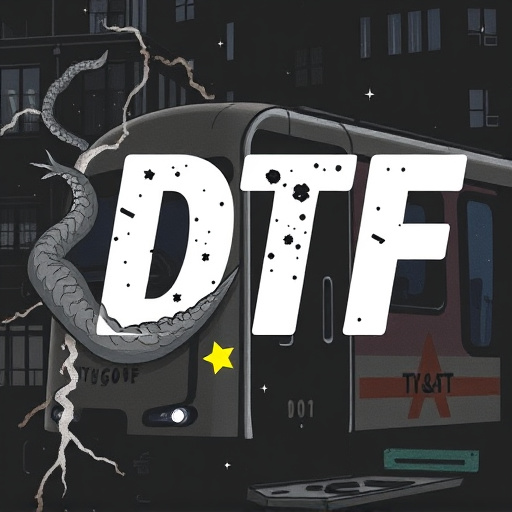
In the real world, bulk direct-to-film (DTF) transfers have found applications across various industries, revolutionizing how businesses handle their printing needs. From promotional items like branded merchandise to high-quality advertising materials, DTF Transfer offers an efficient and cost-effective solution for large-scale production. For instance, many e-commerce businesses use bulk DTF Transfers for creating custom packaging, ensuring a unique unboxing experience that enhances customer satisfaction.
Success stories abound in the retail sector where stores leverage DTF transfers to produce eye-catching display stands and pop-up signs at a fraction of the cost of traditional printing methods. This flexibility has also made DTF Transfers popular among event organizers who require quick turnaround times for creating promotional banners, table covers, and even custom clothing for special occasions. These real-world applications underscore the versatility and affordability that make bulk DTF Transfers an indispensable asset for businesses seeking to maximize their marketing impact without breaking the bank.




